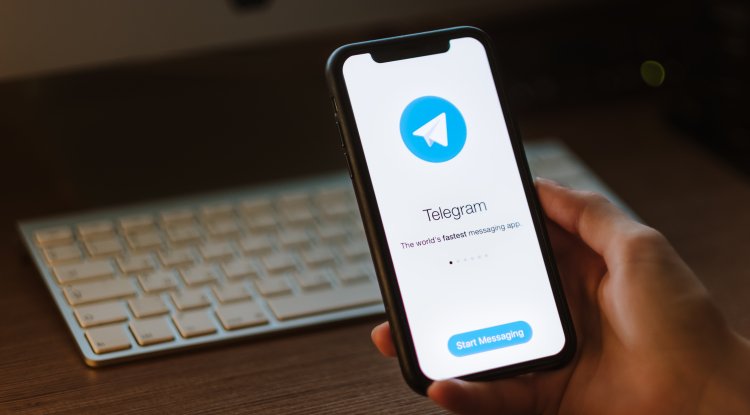What do the labels on the TVs mean?

The long strings of numbers and letters in TV model names have meaning. We looked at SKUs from all of the main TV makers.
Electronics retailers decrease product prices many times a year as part of seasonal and holiday specials. These days, there are large reductions on devices with a heavy emphasis on technology, particularly televisions.
You might be able to find a nice TV for a reasonable price during these sales. You can also acquire a mediocre model and end up spending too much because product names and labeling are virtual as foreign to you as Chinese characters.
When purchasing a television, the brand is often the first "indicator" of design and general quality. However, this is far from the most significant factor, as every TV maker produces products for a variety of companies.
There are low-cost TVs with low prices and unambitious performance, then mid-range models with modest pricing and relatively good performance, and finally high-end TVs with outstanding performance and extremely high prices.
Each SKU designation can be further subdivided into "components." Once you've identified them, you can determine screen size, quality, and even vendor exclusivity. SKU TVs are made up of three to five pieces, depending on the manufacturer:
- Screen size: a number that indicates how big the TV is.
- Product line: a set of letters or numbers that indicate in which product series an individual model belongs.
- Generation: A set of letters or numbers that indicate the year the TV was built.
- Merchant Sub-Model: A number that identifies a specific model that is intended for sale at a specific vendor.
- Other versions: a set of letters or numbers that indicate that a TV of a certain type is outside its product range.
Hisense, for example, marks Android TVs with the H mark and Roku TVs with the R mark, and LG specifically marks OLED TVs with the OLED mark. - Other/irrelevant labels: additional numbers or letters that indicate a sales region or other categorization that is similar or the same in all TVs available from the manufacturer on the market.
Let's look at some examples
LG OLED55C1PUB is a 55-inch OLED television.
LG's naming system for OLED TVs is notably different from that of LED TVs.
- OLED TVs declare themselves to be OLED TVs at first.
- The number 55 denotes the size of the screen.
- C represents a product line that often distinguishes higher-end variants with a sleeker design or additional functionality.
- G, for example, has a more sophisticated "gallery" design.
- The number 1 is a generation label that signifies a model from 2021.
- Models for 2020 are X (as of 10) and the number has been reduced to 1 for 2021.
- Models for 2019 are nine.
- PUB is a meaningless designation.
Samsung QN65QN90AAFXZC, a 65-inch version of the company's flagship 4K QLED TV.
The prefix QN, which refers to QLED, Samsung's designation for widescreen LCD panel technology, can be ignored because it was previously used to identify the higher price range.
All current Samsung TVs, however, are labeled with QLED and have the QN prefix, whereas the UN prefix indicates that the TV is at least one generation older.
- The screen size is 65.
- QN denotes a Neo QLED TV, a higher-priced LED TV in comparison to Samsung's wider line of QLED TVs (which are marked with Q only).
- The number 90 indicates that this is the flagship 4K TV.
- Lower numbers represent lower levels, ranging from 60 to 90.
- 8K TV is denoted by three digits (for example, 900).
- The initial A denotes that it is a 2021 model.
- Prior to that, T stands for the 2020 model.
- AFXZC are meaningless designations that can be ignored.
Sony XR-65A90J. Sony's flagship 2021 OLED TV.
- The XR denotes that the TV is one of Sony's higher-end models (XBR), but does not specify a product line.
- Sony's lower-priced TVs are the KD and KDL.
- The screen size is 65 pixels wide and 65 pixels tall.
- However, it signifies that the television is OLED.
- The A-Series TVs from Sony are OLED, while the X and Z-Series TVs are LED.
- The number 90 denotes the TV's place at the top of Sony's product lines.
- A lower number implies that the TV, such as the A80J, is not part of Sony's flagship Master series.
- Sony's top models are depicted in individual figures.
- J ultimately reveals that the television is a 2021 model.
- H denotes a 2020 television
- G denotes a 2019 television.





























